Transforming your balcony into a bird sanctuary brings nature’s wonders directly to your home, regardless of whether you live in a bustling urban center or a quiet suburban neighborhood. With thoughtful planning and appropriate elements, even the smallest balcony can become a thriving oasis for local and migratory bird species. This article explores comprehensive strategies and creative ideas to design a balcony that not only attracts diverse bird visitors but also supports their well-being throughout the seasons. By implementing these suggestions, you’ll create a space that offers both aesthetic pleasure for you and vital resources for your feathered friends.
Understanding Your Local Bird Population
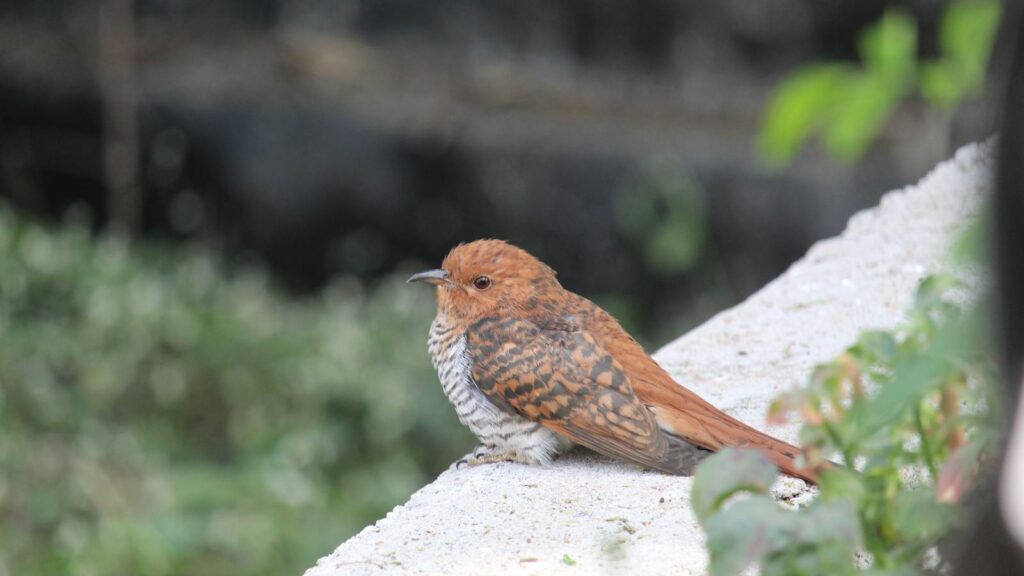
Before embarking on your bird-friendly balcony project, take time to research the bird species native to your region. Different birds have varying habitat preferences, feeding behaviors, and nesting requirements that will influence your design choices. Local ornithological societies, birding apps, or nearby nature centers can provide valuable information about the birds in your area. Consider seasonal patterns too – your region might host different species during migration periods compared to year-round residents. This foundational knowledge ensures your balcony caters specifically to the birds that will actually visit, making your efforts more effective and rewarding.
Strategic Placement of Bird Feeders
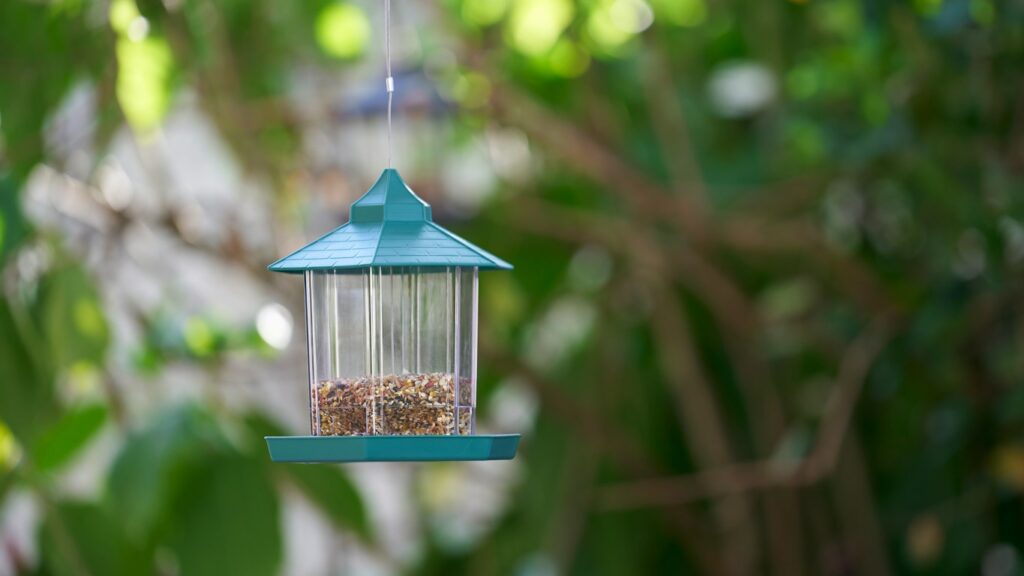
Bird feeders serve as the primary attraction for many species, but their placement requires careful consideration. Position feeders at varying heights to accommodate different species’ preferences – some birds feel safer feeding at higher levels while others prefer lower perches. Place feeders at least 10-12 feet from windows or apply window decals to prevent collisions, a common cause of bird fatalities in residential settings. Consider using multiple feeder types to attract diverse species: tube feeders for finches, platform feeders for cardinals and jays, and nectar feeders for hummingbirds. Ensure feeders are visible from your indoor living space to maximize your bird-watching enjoyment while keeping them accessible for regular cleaning and refilling.
Selecting the Right Bird Food
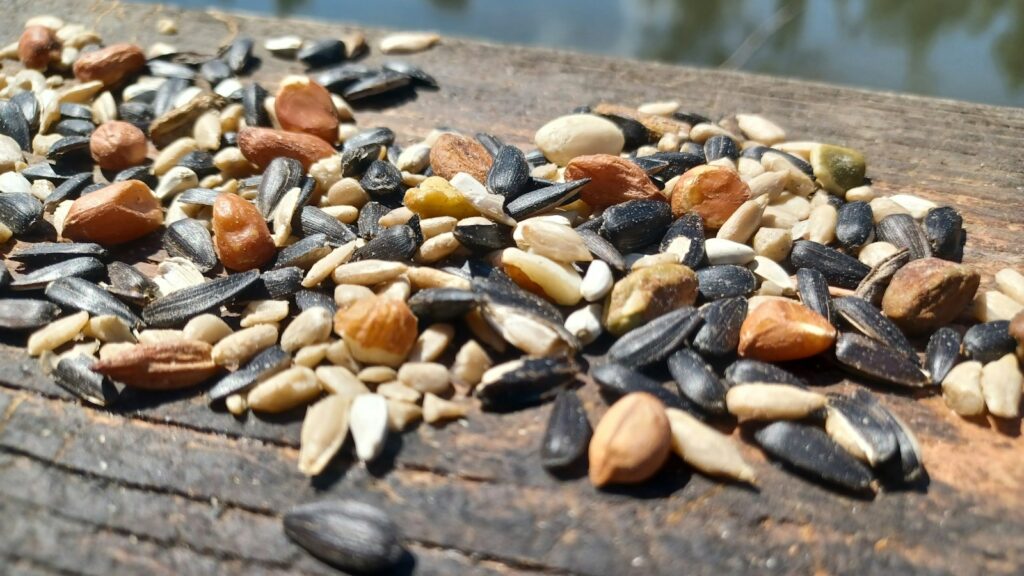
The food you offer significantly impacts which birds will frequent your balcony. Black oil sunflower seeds attract a wide variety of species and offer excellent nutritional value, making them a versatile staple for your feeding station. Nyjer seeds are perfect for attracting smaller birds like finches and siskins, while suet cakes provide essential fats for woodpeckers, nuthatches, and chickadees, especially during colder months. Fresh fruits such as orange halves or apple pieces can entice orioles and tanagers during migration seasons. Avoid low-quality seed mixes containing fillers like milo or red millet, which many birds discard and can lead to unwanted waste and potential pest issues around your balcony.
Creating Water Features
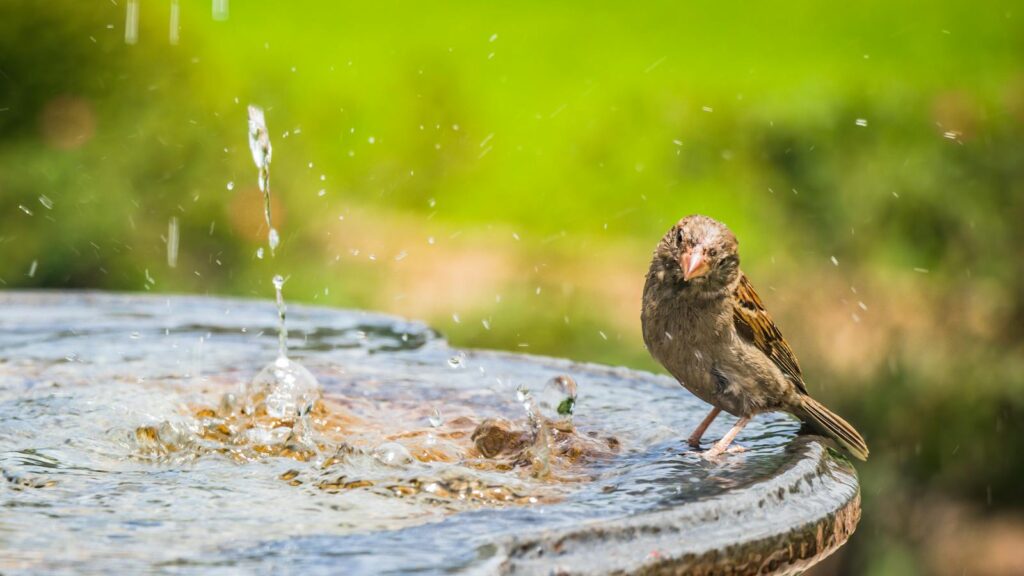
Water sources are perhaps even more attractive to birds than food, serving the dual purpose of drinking and bathing – essential activities for maintaining healthy feathers. A shallow birdbath with textured surfaces for secure footing represents the simplest water feature option for a balcony setting. Consider adding a small solar-powered fountain or water wiggler, as moving water creates reflective flashes that birds notice from afar and helps prevent mosquito breeding. During winter in colder climates, heated birdbaths provide a rare and vital water source when natural options freeze over. Place water features where birds can easily access them but also have nearby perches for surveying their surroundings before approaching, addressing their natural caution around water sources.
Incorporating Native Plants
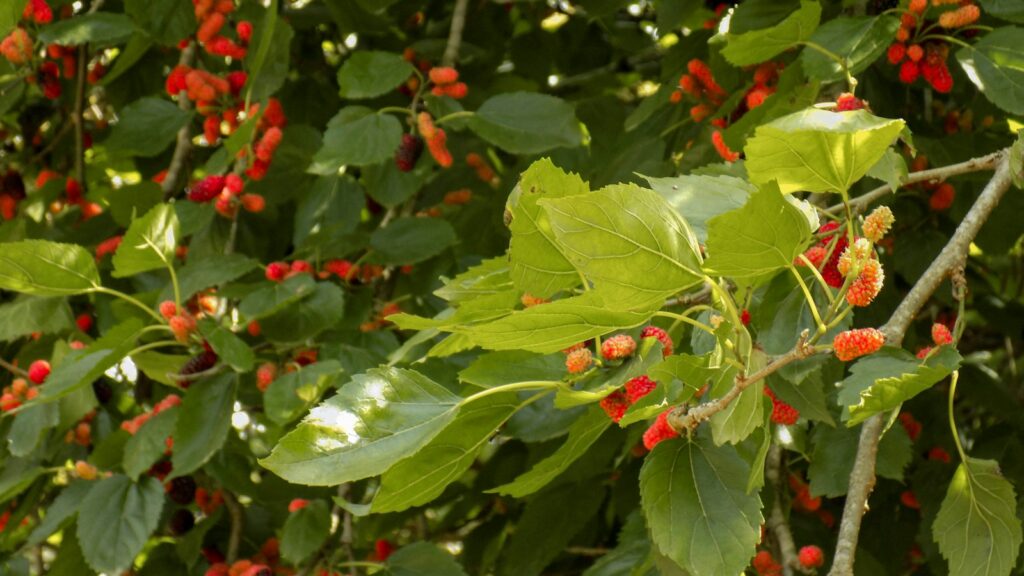
Native plants form the foundation of any truly bird-friendly environment, providing food, shelter, and nesting materials in the most natural way possible. Select species indigenous to your region that produce berries, seeds, or nectar depending on which birds you hope to attract. Container gardening works perfectly for balcony settings, allowing you to cultivate even small shrubs or dwarf tree varieties in appropriately sized planters. Consider seasonal blooming patterns to ensure year-round resources – early spring bloomers for returning migrants, summer fruiting plants for nesting birds, and late-season seed producers for fall migrants and winter residents. Native plants also attract insects, which constitute a critical protein source for many bird species, especially during nesting season when they’re feeding hungry chicks.
Offering Nesting Materials and Sites
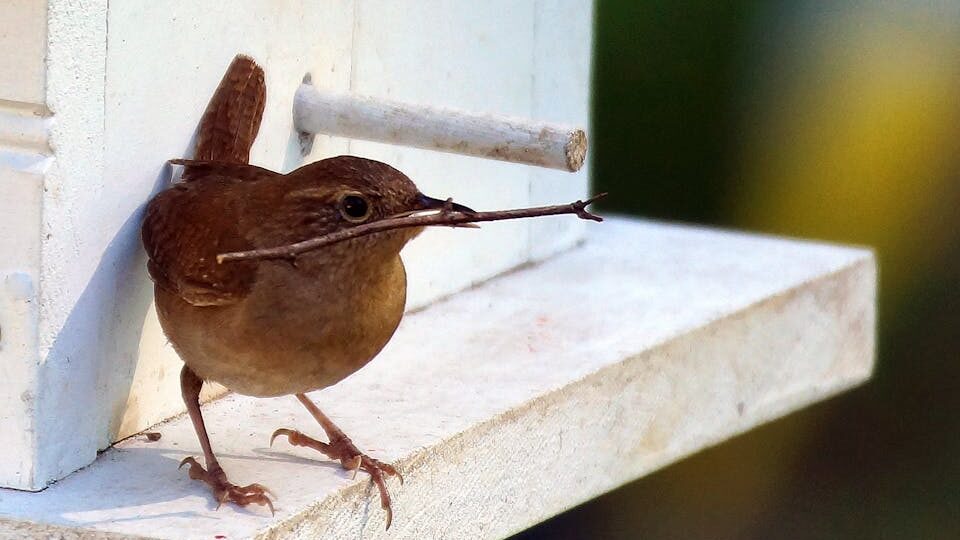
Encouraging birds to nest on or near your balcony creates opportunities for observing fascinating breeding behaviors up close. Install appropriate nesting boxes designed for species common to your area, ensuring they meet specific dimensional requirements for different birds – chickadees prefer smaller entry holes than bluebirds, for instance. Create bundles of natural nesting materials like small twigs, pet fur, cotton batting, or strips of bark in mesh suet feeders or specialized nesting material holders. Ensure any materials offered are free from chemicals, pesticides, or human hair treated with products that could harm birds or their young. Position nesting sites in quieter, more sheltered areas of your balcony to provide the security birds require during this vulnerable period.
Designing Vertical Space
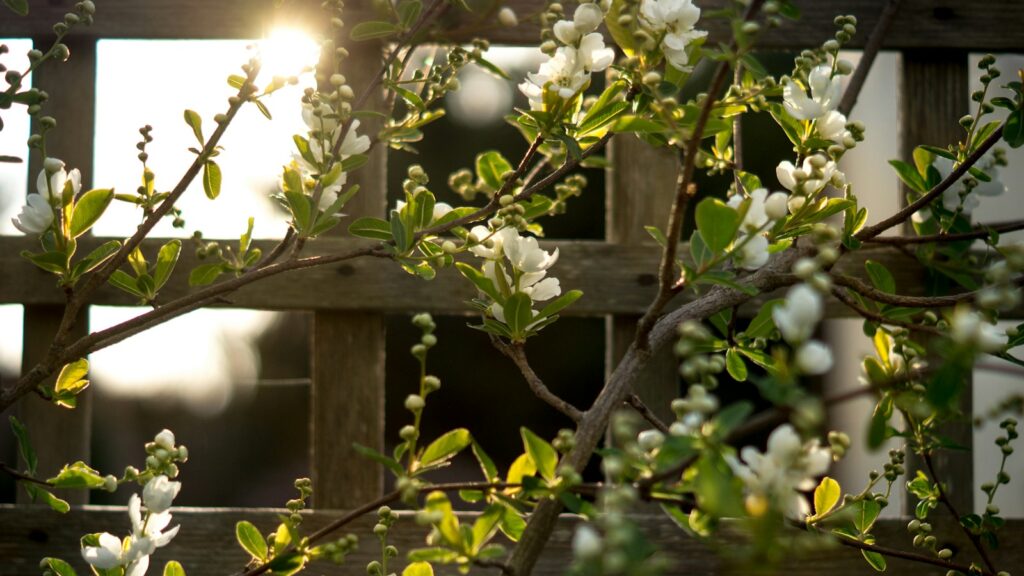
Effective use of vertical space maximizes the bird-friendly potential of even compact balconies. Install trellises or lattice panels for climbing plants that create natural screens, providing birds with shelter and privacy while enhancing your balcony’s aesthetic appeal. Consider hanging planters at various heights to create a layered effect that mimics natural forest structure, accommodating different species’ preferred feeding and perching zones. Secure branches or driftwood pieces as natural perches where birds can rest while assessing potential threats before approaching feeders or baths. This vertical structuring not only increases your balcony’s carrying capacity for birds but also creates more interesting flight patterns and behaviors for your observation.
Creating Shelter and Safety
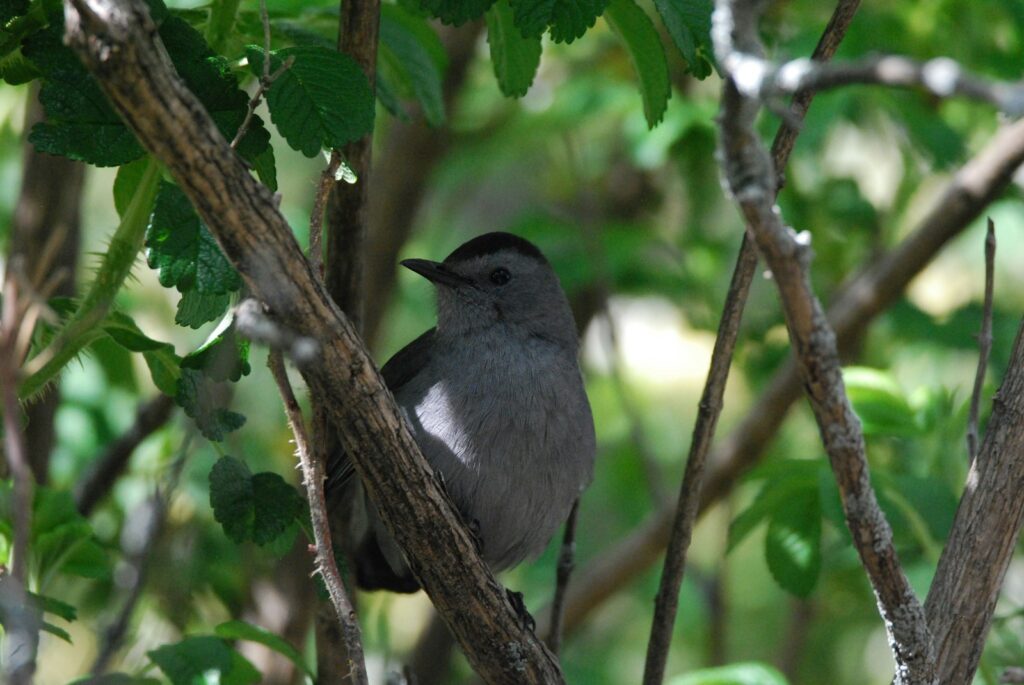
Birds require protective cover to feel secure enough to visit regularly, particularly in exposed balcony environments. Dense foliage from potted evergreen shrubs or ornamental grasses provides crucial hiding places where birds can retreat when threatened by predators or harsh weather. Consider creating brush piles from collected twigs and branches in larger containers, offering additional protective microhabitats. Strategically position plants to create corridors of safety between feeding, watering, and nesting areas, allowing birds to move through your balcony space with minimal exposure. Include some thorny plants like roses or berberis varieties that provide particularly effective protective cover where predators cannot easily access resting birds.
Bird-Safe Window Solutions
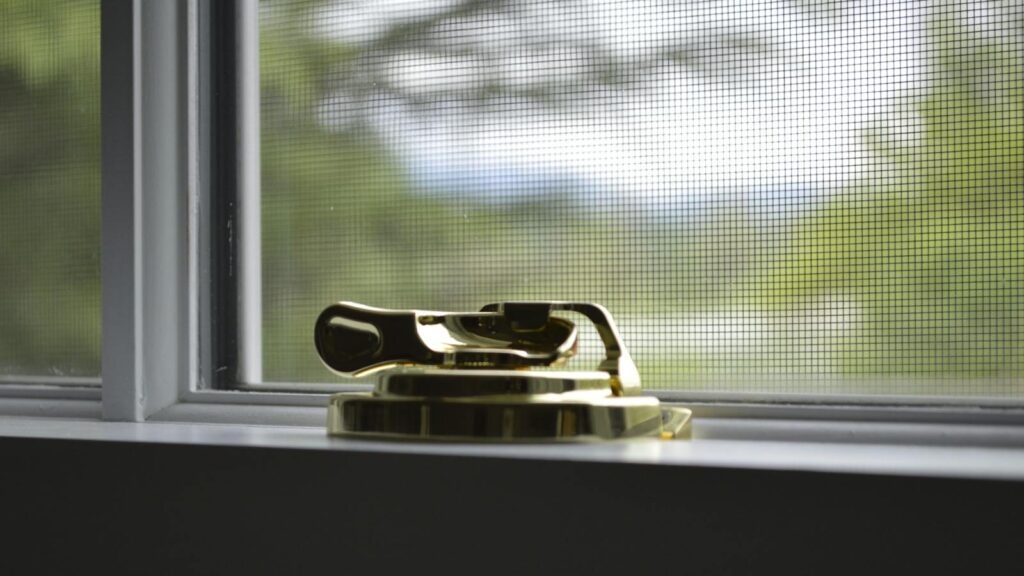
Window collisions represent one of the leading human-caused bird mortality factors, making bird-safe treatments essential for any truly bird-friendly balcony. Apply specialized window films or decals that reflect ultraviolet light visible to birds but nearly imperceptible to humans, effectively marking glass barriers. Consider installing external screens, netting, or decorative patterns that break up reflective surfaces and signal the presence of solid barriers to flying birds. Position feeders and baths either within three feet of windows so birds cannot build up fatal momentum if they do fly toward the glass, or more than ten feet away to reduce the likelihood of collisions entirely. These protective measures become even more crucial as your balcony attracts more birds with its other bird-friendly features.
Seasonal Considerations
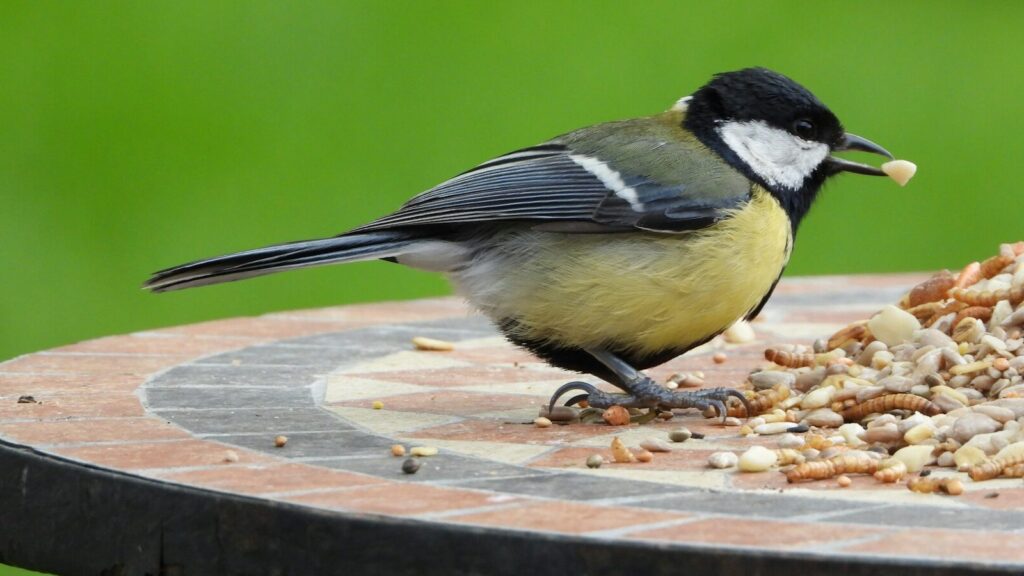
A truly effective bird-friendly balcony adapts to changing seasonal conditions and bird requirements throughout the year. During spring migration and nesting season, focus on providing calcium-rich foods like crushed eggshells to support egg production, along with protein sources such as mealworms for feeding hungry nestlings. Summer months require reliable water sources for cooling and hydration, particularly during heat waves when natural water may be scarce. Fall feeding should emphasize high-energy foods like black oil sunflower seeds and suet to support birds preparing for migration or winter survival. Winter balconies in colder regions benefit from heated water sources, wind barriers, and high-fat foods that help birds maintain critical body temperature during freezing conditions.
Minimizing Environmental Impacts
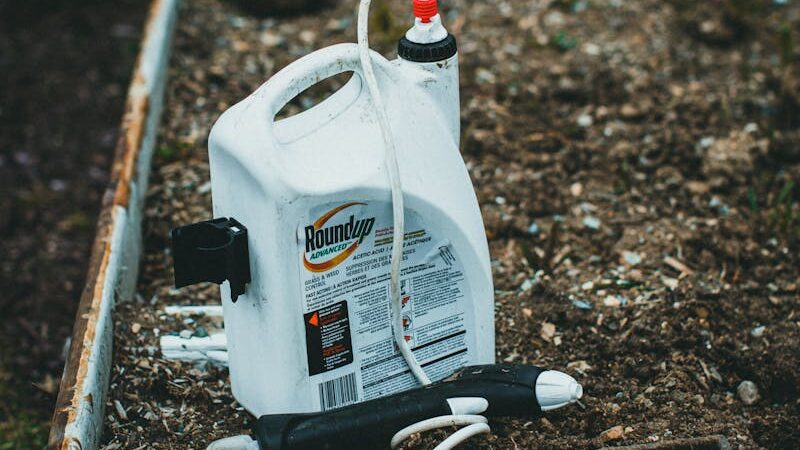
Creating a bird-friendly balcony comes with environmental responsibility to ensure your efforts benefit rather than harm local bird populations. Commit to avoiding all chemical pesticides, herbicides, and fertilizers that can poison birds directly or eliminate their insect food sources – opt instead for organic and mechanical pest control methods. Implement consistent cleaning protocols for feeders and baths to prevent the spread of diseases that can devastate local bird populations when allowed to proliferate at feeding stations. Use sustainable materials in your balcony design, avoiding plastics that degrade in sunlight and can be ingested by birds, and choose durable, weather-resistant options like ceramics, copper, or sustainably harvested woods. Regularly inspect all installations to ensure nothing has become damaged in ways that could entangle or injure visiting birds.
Documentation and Citizen Science

Your bird-friendly balcony offers unique opportunities to contribute to scientific understanding of urban bird populations through citizen science initiatives. Consider participating in projects like FeederWatch, the Great Backyard Bird Count, or local monitoring programs that use amateur observations to track bird distribution, migration patterns, and population trends. Keep a journal of species observations, noting first and last seasonal sightings, unusual behaviors, or breeding activities to establish valuable data about your local bird community. Installing a simple weather-resistant camera can document visitors when you’re not present, potentially capturing rare species or behaviors that might otherwise go unnoticed. These documentation efforts transform your balcony from a personal enjoyment space to a meaningful contribution to bird conservation science.
Balancing Human and Avian Needs

The most successful bird-friendly balconies achieve harmony between human enjoyment and bird requirements, creating spaces that serve both purposes effectively. Design comfortable seating areas positioned to optimize bird watching without disturbing feeding or bathing activities, perhaps using plants as natural screens. Consider how your normal balcony use affects bird visitors – establishing consistent routines helps birds learn when human activity typically occurs, allowing them to adjust their visiting patterns accordingly. If you entertain on your balcony, create designated wildlife zones that remain undisturbed even during gatherings. Noise considerations matter too – while birds can acclimate to consistent background sounds, sudden loud noises cause stress and may drive away more sensitive species, so balance your sound system or conversation volume with the needs of your feathered guests.
Conclusion
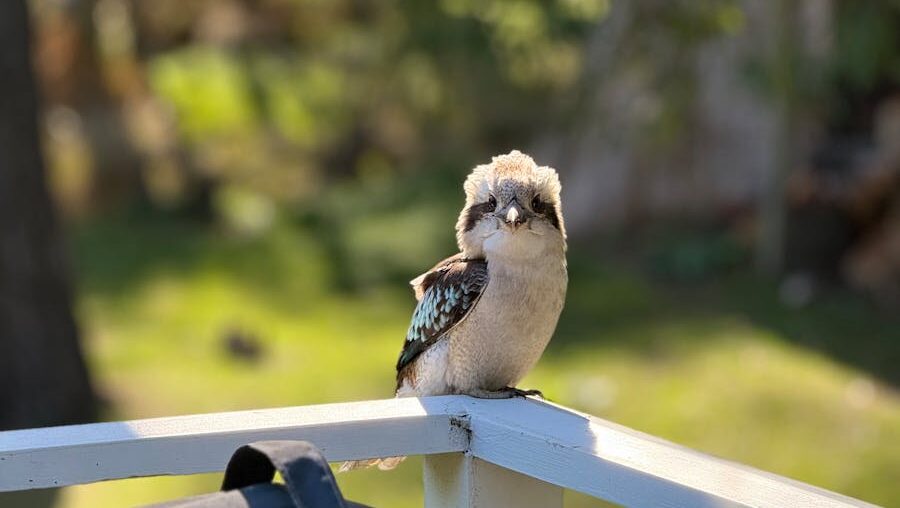
By thoughtfully implementing these strategies, your balcony can evolve into a thriving ecological hotspot that benefits local bird populations while bringing joy and connection to nature into your daily life. Even modest balconies can make meaningful contributions to urban biodiversity when properly designed with birds’ needs in mind. As your space matures, you’ll likely notice increasing diversity of species and behaviors, creating a constantly changing natural display outside your window. The efforts you invest not only enhance your living environment but also provide critical habitat stepping stones for birds navigating increasingly developed landscapes – making your bird-friendly balcony a small but significant contribution to conservation right at home.
